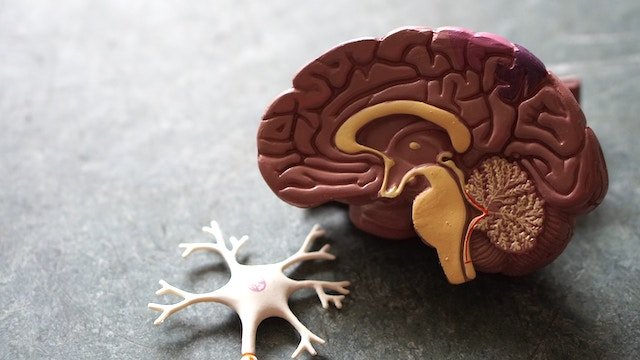
In a new study, researchers reported clinically accurate electrical biosensors for detecting Alzheimer’s disease by measuring its core biomarkers using densely aligned carbon nanotubes.
The research was conducted by a team at KAIST in Korea.
Alzheimer’s disease is the most prevalent neurodegenerative disorder, affecting one in ten aged over 65 years.
Early diagnosis can reduce the risk of suffering the disease by one-third, according to recent reports. However, its early diagnosis remains challenging due to the low accuracy but high cost of diagnosis.
The team described an ultra-sensitive detection of multiple Alzheimer’s disease core biomarker in human plasma.
They have designed the sensor array by employing a densely aligned single-walled carbon nanotube thin films as a transducer.
The representative biomarkers of Alzheimer’s disease are beta-amyloid42, beta-amyloid40, total tau protein, phosphorylated tau protein and the concentrations of these biomarkers in human plasma are directly correlated with the pathology of Alzheimer’s disease.
The research team developed a highly sensitive resistive biosensor based on densely aligned carbon nanotubes fabricated by Langmuir-Blodgett method with a low manufacturing cost.
Aligned carbon nanotubes with high density minimize the tube-to-tube junction resistance compared with randomly distributed carbon nanotubes, which leads to the improvement of sensor sensitivity.
To be more specific, this resistive sensor with densely aligned carbon nanotubes exhibits a sensitivity over 100 times higher than that of conventional carbon nanotube-based biosensors.
By measuring the concentrations of four Alzheimer’s disease biomarkers simultaneously Alzheimer patients can be discriminated from health controls with an average sensitivity of 90.0%, a selectivity of 90.0% and an average accuracy of 88.6%.
The team says this study was conducted on patients who are already confirmed with Alzheimer’s Disease.
For further use in a practical setting, it is necessary to test patients with mild cognitive impairment.
One author of the study is Professors Chan Beum Park.
The study is published in Nature Communications.
Copyright © 2019 Knowridge Science Report. All rights reserved.



